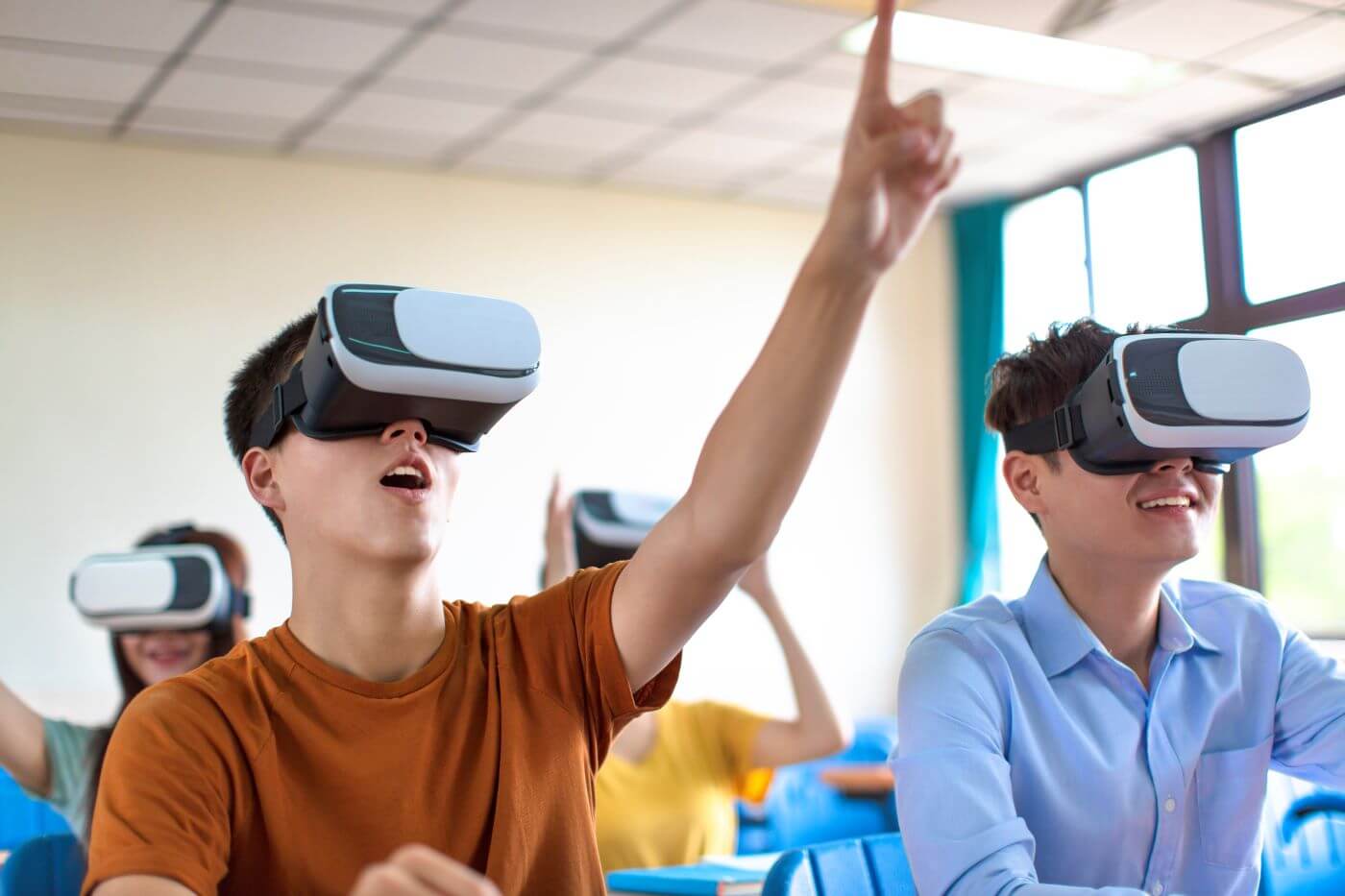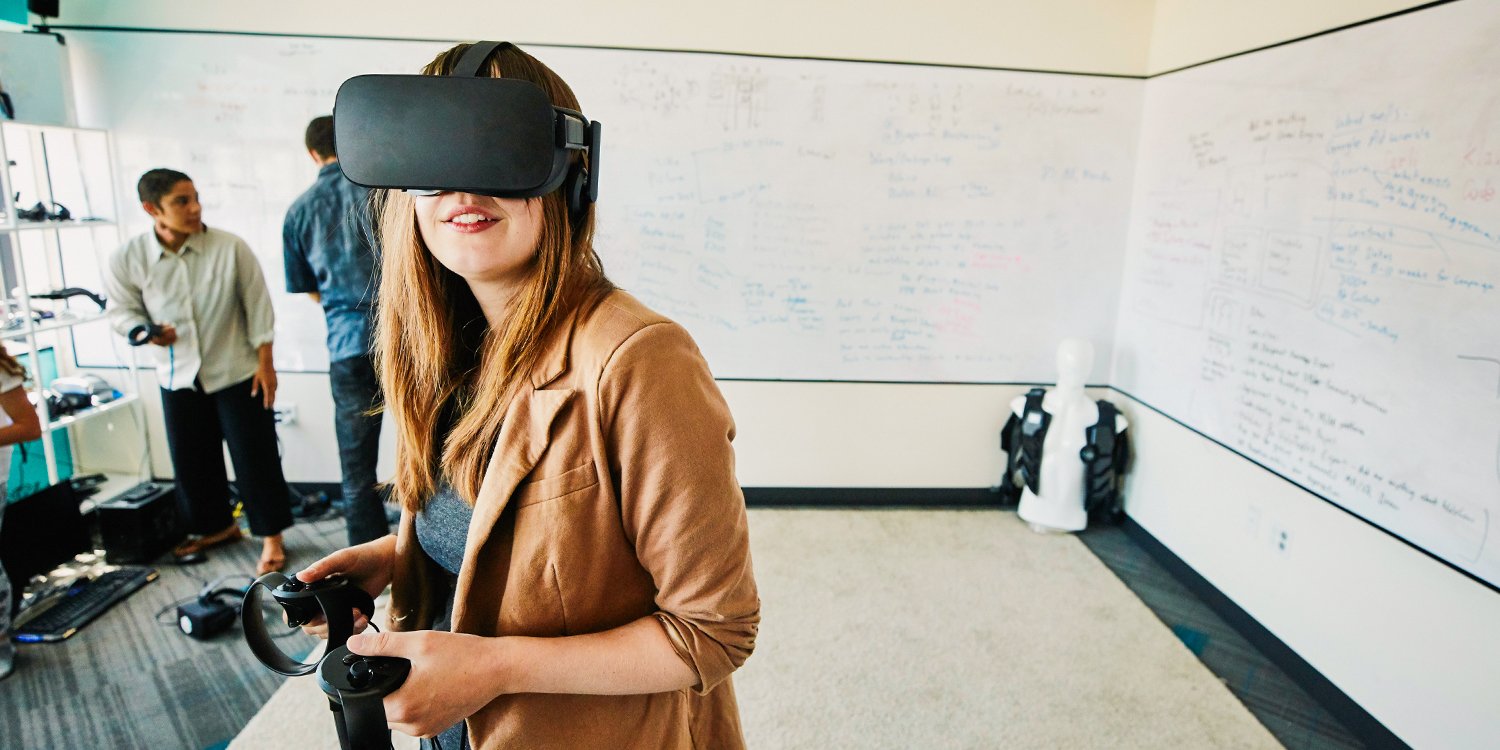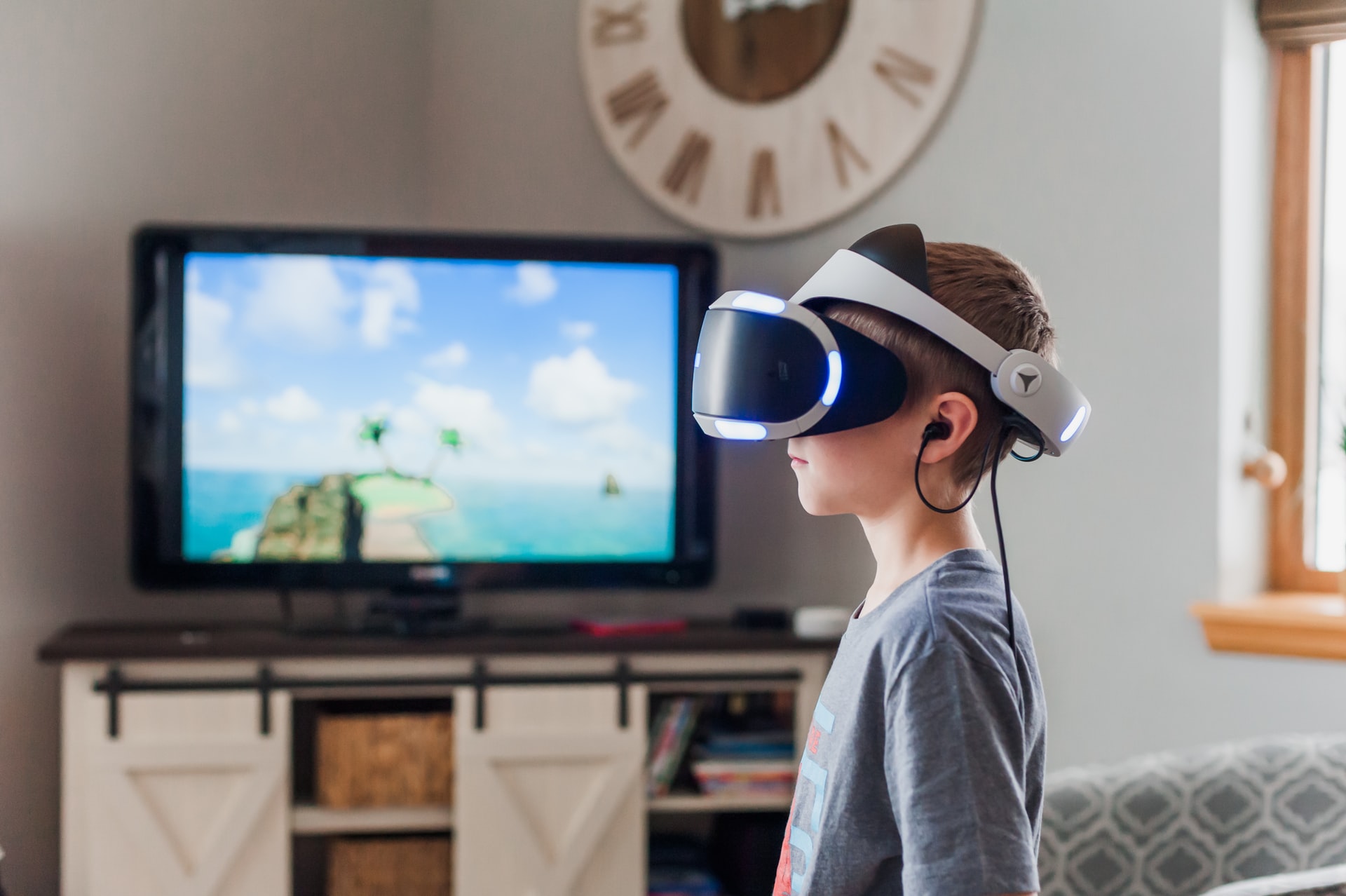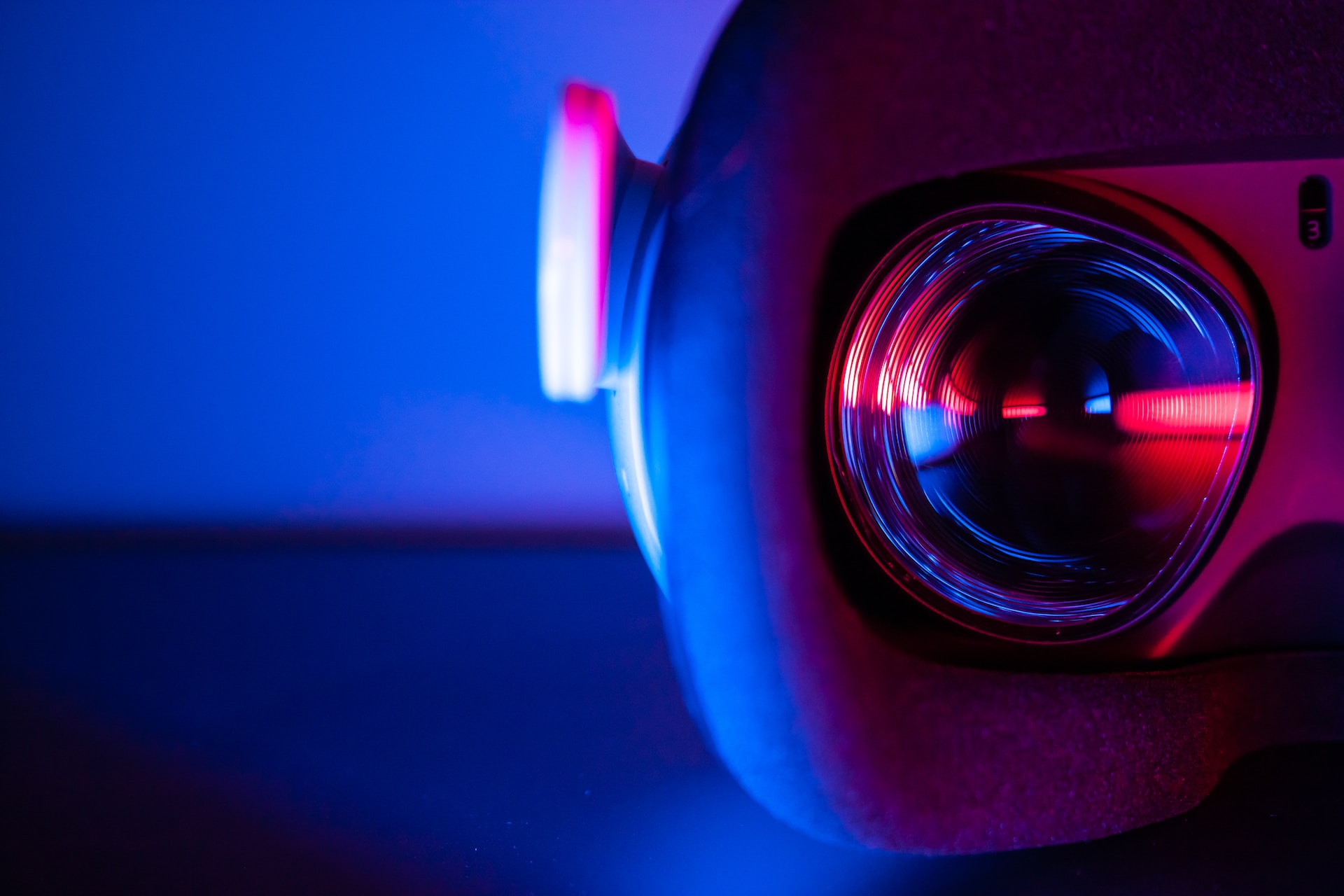Virtual reality (VR) applications for commercial, entertainment, and educational purposes are becoming more common. Virtual reality firms employ improved computer-generated sights and sounds to represent real-life settings, allowing for vast amounts of testing, learning, and growth to take place without the usage of tangible things. For example, with the help of the internet, you can take advantage of seemingly complicated things, such as PhD dissertation writing services online, which can make your life much easier.
Teachers may take advantage of this technology and use it to bring many advantages into their classrooms. VR has the potential to dramatically transform the way instructors educate and the way students learn. Here are the two most significant advantages of Virtual reality as it pertains to education and learning.
Virtual Reality Improves Interactive Learning and Engagement
One of the most apparent advantages of Virtual reality in education is that it encourages students to participate more actively in the classroom environment.
Many pupils are unable to participate in classes because of the traditional actively, therefor a VR for enterprise or academic institutions is the only way to keep school students and job trainees feel interested in different subjects, topics, courses, learning programs and workshops, thus increasing their participation and presence on a daily basis.
Aside from that, instructors are restricted to the use of textbooks and boring instructional methods. This is partly due to a scarcity of educational opportunities and learning models that allow students to apply what they have learned outside of the classroom.

On the other hand, VR promotes pupils to take the initiative when it comes to their education. Instead of depending exclusively on established thinking patterns, the Virtual reality learning experience encourages students to think in ways that go beyond what the instructor may have intended to teach them.
In other words, the VR learning experience enables students to learn by following a lesson plan and generating their own material as part of the learning process. Furthermore, students who combine Virtual reality with assistance from essay writer free services may drastically enhance their academic status.
Because Virtual reality applications are interactive by design, it is no surprise that they promote student involvement. Apart from that, the applications assist students with conceptual comprehension and speed, which is much simpler to motivate them to engage in learning activities, both in the classroom and outside of it.
When using Virtual reality in the classroom, students are more likely to produce deeper, more engaging questions and well-thought-out responses.
Virtual Reality in Education Shortens Learning Time
With typical teaching methodologies, learning is simply one-dimensional and uninteresting. On the other hand, VR applications allow instructors to offer knowledge to pupils in a two-dimensional style utilizing Virtual reality technology. In addition, students will have an easier time grasping spatial and abstract ideas as a result of being able to easily see and control models and virtual 3D objects from various perspectives.
When children have the capacity to listen to theories and see and even feel what they learn, it has a significant impact on the development of their sensory systems. This is because learning via sight and touch helps kids connect with teachings on more than one level, allowing them to retain more information.
For example, Virtual reality applications in a science lesson provide students the ability to “see” the life cycle of plants across multiple seasons without ever leaving the classroom. Otherwise, this would have been difficult to do using standard teaching and learning approaches.
One of the most directly associated advantages of Virtual reality is the more secure learning environment given by VR applications when it comes to education. For example, in a chemistry or science lesson, it is possible that handling chemicals may not be fully safe or that additional precautions and safety measures would be required.
Because class activities requiring chemicals and substances are completely virtual and not real, Virtual reality removes such concerns, making it a safe option for practical lessons, particularly for younger pupils. Moreover, students enjoy this method of learning so much, they often delegate their more boring assignments, like writing a summary response essay example, to professionals who could delegate this task to special paper writing services.
When used in education, Virtual reality (VR) makes it simple for instructors to transport pupils into the past or future while bringing themes into the present without the need for a field trip.
Consider the possibility of traveling back in time to vividly view events and then compare those observations with anticipated consequences in the future. This may result in profound knowledge and insights that will help to address some of the world’s most pressing issues while also giving students a more immersive learning experience in the process.

If an actual world journey is required for the lesson, Virtual reality technology may make trips very educational. Virtual reality is becoming a more popular component at historical sites and museums since it is increasingly replacing the fairly obsolete guided audio tours that were previously available.
VR immersive technology lets students on field excursions personalize their learning experiences by utilizing their smartphones and other digital technologies to alter their learning environment.
Because curators were involved in the development of excursion-specific Virtual reality applications, educators and students may be certain that they are receiving accurate and well-sourced information on their mobile devices.
Finally, a Thought
Because of the significant advancements in new technologies, Virtual reality (VR) is becoming more accessible and the most cost-effective teaching technique at all school levels. In addition, given the success of current educational platforms such as Khan Academy and https://en.samedayessay.com/ in assisting students with their studies, VR learning platforms are gaining steam.
The creation of open-ended lessons that enable students to take responsibility for their projects, if you are thinking of using Virtual reality technology in your school, is a proven method for ensuring that students get the full advantages of Virtual reality technology. As a result, the students’ feeling of responsibility will be heightened, as will their engagement with the course content.
















